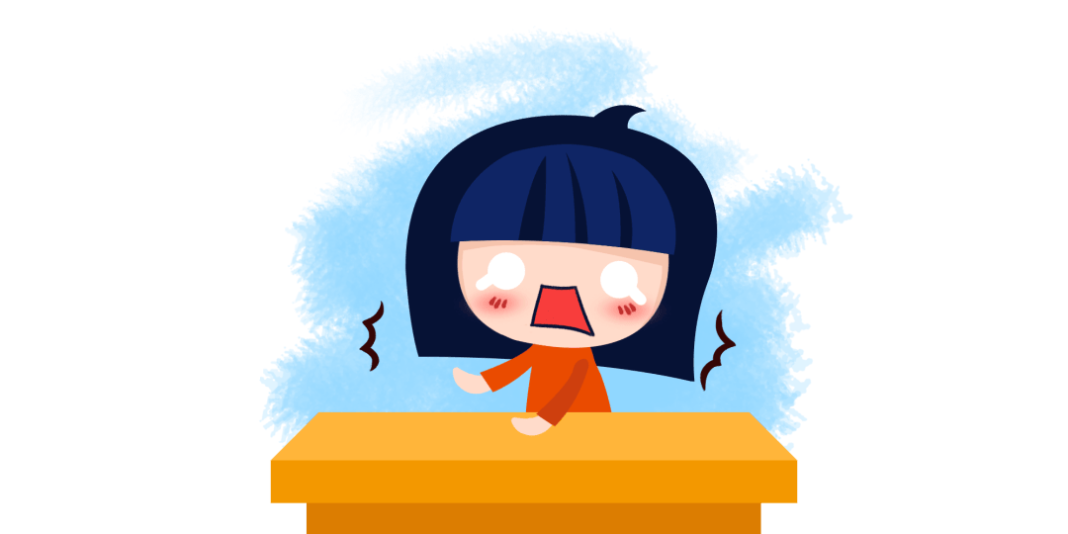Xiao Zhao (alias) is male and 26 years old. Three months ago, while driving alone on the highway, he suddenly experienced palpitations, sweaty palms, chest tightness, a feeling of impending doom, almost causing an accident. After calming down, he cautiously drove home at a low speed and went to a nearby hospital with family members for examination. After detailed examinations by doctors including electrocardiography and echocardiography, no abnormalities were found. However, Xiao Zhao remained anxious and worried about experiencing such a situation again. As a result, he dared not drive on the highway anymore and was even reluctant to drive in the city.
Indeed, in the following three months, Xiao Zhao experienced nearly 10 episodes of palpitations and chest tightness, accompanied by a sense of impending doom, each lasting about ten minutes. Each time, he was extremely nervous and afraid, even calling the emergency number “120” for an ambulance to take him to the hospital, but each examination at the hospital revealed no physical abnormalities. Consequently, he was distressed, anxious, and fearful, avoiding going out alone, severely impacting his life and work. He was later referred to the psychiatric department for diagnosis and was diagnosed with “panic disorder.” Through systematic treatment, Xiao Zhao fully recovered and was able to lead a normal life.
01
What is panic disorder?
Panic disorder (PD), also known as panic attacks, is an acute anxiety disorder characterized by recurrent significant symptoms of palpitations, sweating, tremors, and strong feelings of impending doom or loss of control, with panic attacks accompanied by fear of disastrous consequences.
People who have experienced panic attacks describe it as the worst feeling in their lives. Research shows that almost one-third of us will experience at least one panic attack in our lifetime. Whether it’s your first time, the hundredth time, or you witnessing someone else’s experience, no one wants to repeat this experience. The first step in preventing panic attacks is to understand this condition.
02
States during panic disorder episodes
Patients experience various physical discomforts, intense feelings of impending doom, restlessness during daily activities such as reading, eating, walking, attending meetings, or doing housework. During panic attacks, patients usually try to escape a specific situation in hopes that the panic will stop or seek help to avoid collapsing, having a heart attack, or going crazy.
These attacks occur suddenly, the patient remains conscious, and the duration is brief, generally 5-20 minutes (peaking within 10 minutes), rarely exceeding 1 hour, self-resolving; or they may end with yawning, urination, or falling asleep. The mental state between attacks is normal, and after an attack, the patient feels everything is back to normal, can recall the attack, but might experience a sudden recurrence; patients may have frequent attacks, occurring more than 3 times a month.
Intervening period sensations
After repeated panic attacks, most patients in the intervening period fear a relapse, causing anxiety and experiencing heightened autonomic nervous activity, known as anticipatory anxiety, lasting more than a month.
Secondary manifestations
During panic attacks, due to intense fear, patients find it unbearable and immediately seek emergency help; during the intervening period, 60% of patients avoid certain activities out of fear of not getting help during an attack, hence they actively avoid activities like going out alone, avoiding crowded places, or traveling by car, or they require someone to accompany them when going out.
Panic attacks may lead to specific situational phobias or avoidances, thus panic disorder can be classified into panic disorder with agoraphobia or panic disorder without agoraphobia. Occasionally, panic attacks may occur in other mental disorders, especially in other anxiety disorders.
03
Treatment
1. Early treatment
When handling the first panic attack, it is essential to provide patients with a thorough explanation of the condition, clarifying that anxiety-induced physical symptoms may seem frightening but do not pose a life-threatening risk. Fears of losing control or dying are cognitive disorders caused by anxiety; failure to eliminate these cognitive disorders can lead to a vicious cycle.
2. Medication treatment
Uses of anti-anxiety drugs, antidepressants, and benzodiazepines.
Given the high likelihood of recurrence in this condition, treatment should generally last no less than six months; some cases may require medication for 3 to 5 years for complete relief.
3. Psychological therapy
After controlling panic attacks with medication, psychological therapy is often necessary to eliminate anticipatory anxiety and fear-based avoidance.
① Supportive psychotherapy: Explaining the nature of the disease to reduce the patient’s mental burden, encouraging patients to adhere to the treatment plan, organizing group therapy with similar patients to help each other can yield better results.
② Cognitive-behavioral therapy: Cognitive-behavioral therapy, conducted by clinical psychologists or psychiatrists, is an effective treatment as medication with a lower recurrence rate. Cognitive-behavioral therapy is usually preceded by medication treatment.
Additionally, good lifestyle habits and appropriate relaxation training are also important. Some materials are sourced from the internet. If there are concerns regarding infringement in terms of text, images, videos, or other content, please contact us for modification or removal. Thank you.


